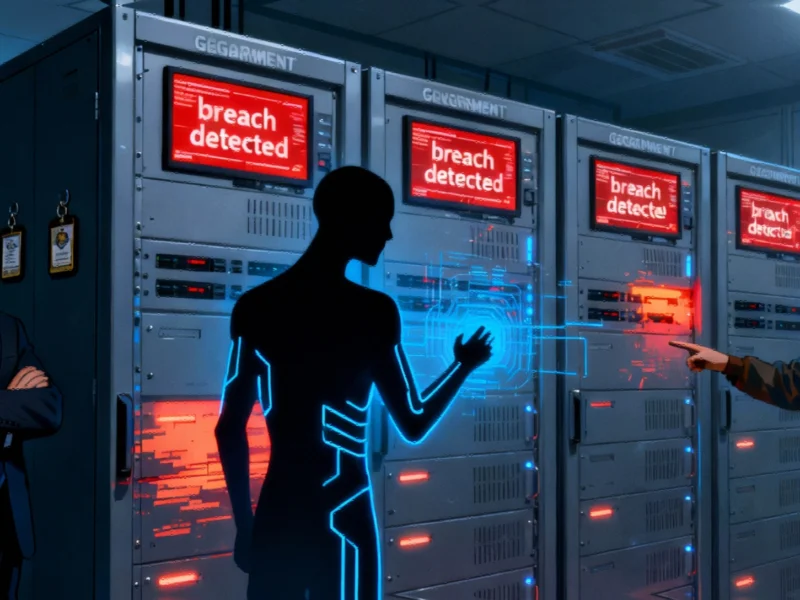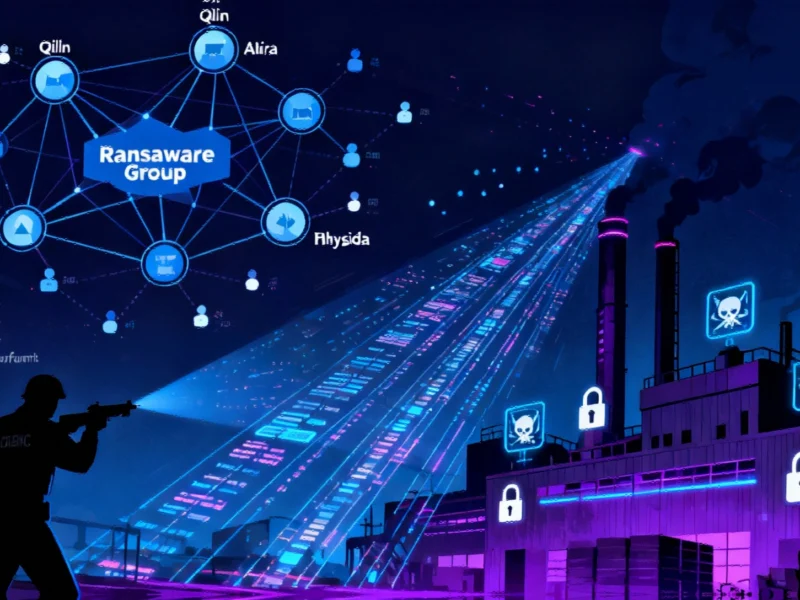GNOME’s Security Evolution
The GNOME desktop environment has taken a significant leap forward in security capabilities with the integration of VirusTotal’s scanning technology. This development represents a major advancement for Linux desktop security, bringing enterprise-grade threat detection capabilities directly to one of the world’s most popular open-source desktop environments. The integration allows users to right-click on files and scan them directly against VirusTotal’s massive database of known threats, providing immediate security assessment without leaving the desktop environment.
This security enhancement comes at a crucial time when Linux desktop adoption continues to grow across both consumer and enterprise environments. The timing is particularly noteworthy given recent industry developments in security standardization across educational and government institutions, where Linux deployments are increasingly common.
Technical Implementation and User Benefits
The VirusTotal integration works through GNOME’s native file manager, providing seamless access to the security platform’s comprehensive threat intelligence. When users select the scan option, files are submitted to VirusTotal’s service, which leverages multiple antivirus engines and scanning tools to detect potential threats. Results are then displayed directly within the GNOME interface, offering clear indicators of file safety status.
This represents a fundamental shift in how Linux users approach security, moving from reactive security measures to proactive threat detection. The implementation demonstrates how open-source projects can successfully integrate with commercial security services to enhance user protection without compromising the principles of free software.
Broader Industry Context
The security enhancement in GNOME reflects larger trends across the technology landscape. Similar to how major technology companies are re-evaluating their security postures, the GNOME project demonstrates how desktop environments must evolve to address increasingly sophisticated cyber threats. This integration positions GNOME as a leader in desktop security innovation among Linux distributions.
Meanwhile, the gaming sector shows parallel developments in platform security, as evidenced by recent technology revivals that incorporate modern security measures into classic gaming platforms. These industry-wide movements highlight the growing importance of integrated security solutions across all computing domains.
Environmental and Economic Considerations
The timing of this security enhancement aligns with increasing focus on sustainable computing practices. As noted in related innovations in environmental computing, security measures must balance protection with performance efficiency. The GNOME-VirusTotal integration achieves this by leveraging cloud-based scanning that minimizes local resource consumption while maximizing threat detection capabilities.
This approach reflects a sophisticated understanding of modern computing requirements, where security, performance, and efficiency must coexist. The implementation demonstrates how desktop environments can incorporate advanced security features without significantly impacting system performance or energy consumption.
Future Implications and Industry Impact
The GNOME-VirusTotal partnership sets a new standard for desktop security integration and may influence future market trends in open-source security solutions. This collaboration between an open-source desktop project and a commercial security service provider creates a template that other projects may follow, potentially leading to more sophisticated security integrations across the Linux ecosystem.
The integration represents more than just a new feature – it signals a maturation of the Linux desktop security model. By making enterprise-level threat intelligence accessible to everyday users, GNOME is helping to close the security gap between proprietary and open-source desktop environments. This development may accelerate Linux adoption in security-conscious environments where comprehensive threat detection capabilities are essential.
Conclusion: A New Era for Desktop Security
The VirusTotal integration marks a significant milestone in GNOME’s development and Linux desktop security overall. By bringing sophisticated threat detection capabilities directly to the file manager, GNOME has created a security experience that is both powerful and accessible. This development demonstrates how open-source projects can leverage commercial security intelligence to create more secure computing environments while maintaining their core principles and user experience standards.
As desktop security continues to evolve in response to emerging threats, the GNOME-VirusTotal integration provides a compelling model for how security features can be implemented in ways that are both effective and user-friendly. This advancement strengthens GNOME’s position as a modern, security-conscious desktop environment ready for enterprise deployment and everyday use alike.
This article aggregates information from publicly available sources. All trademarks and copyrights belong to their respective owners.
Note: Featured image is for illustrative purposes only and does not represent any specific product, service, or entity mentioned in this article.



